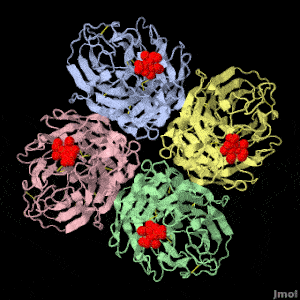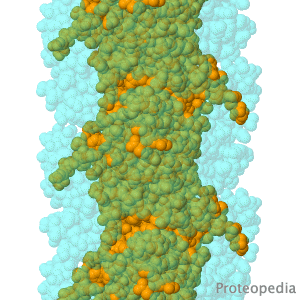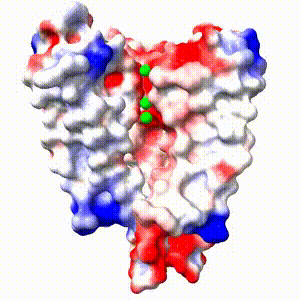Main Page
From Proteopedia
| Line 4: | Line 4: | ||
<span style="border:none; margin:0; padding:0.3em; color:#000; font-style: italic; font-size: 1.2em;"> | <span style="border:none; margin:0; padding:0.3em; color:#000; font-style: italic; font-size: 1.2em;"> | ||
| - | <b>As life is more than 2D</b>, Proteopedia helps to bridge the | + | <b>As life is more than 2D</b>, Proteopedia helps to bridge the gap between 3D structure & function of biomacromolecules |
</span> | </span> | ||
Revision as of 10:03, 21 October 2018
|
ISSN 2310-6301
As life is more than 2D, Proteopedia helps to bridge the gap between 3D structure & function of biomacromolecules
| |||||||||||
| Selected Pages | Art on Science | Journals | Education | ||||||||
|---|---|---|---|---|---|---|---|---|---|---|---|
|
|
|
|
||||||||
|
How to add content to Proteopedia Who knows ... |
Teaching strategies using Proteopedia |
||||||||||
| |||||||||||





